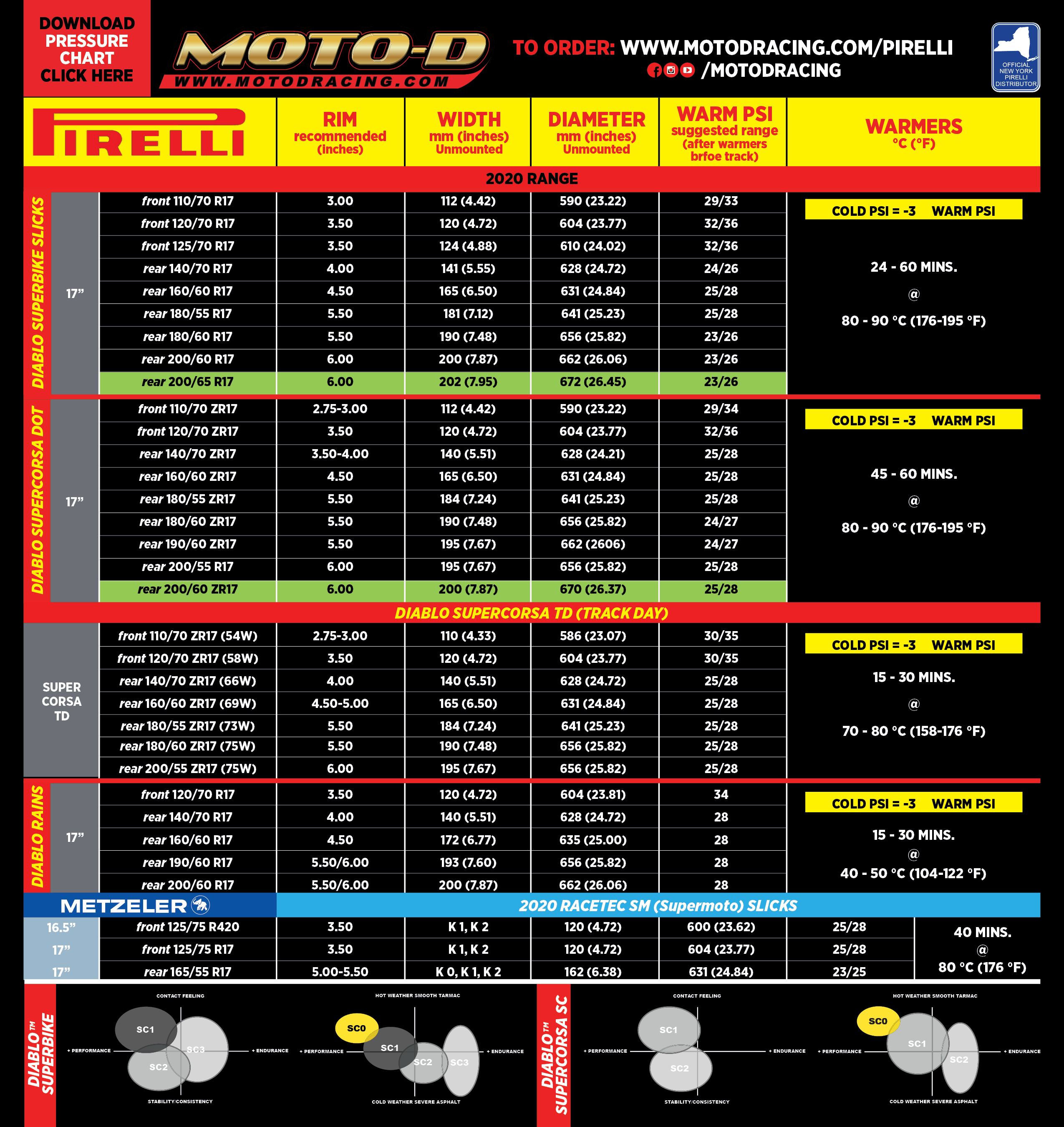Riding a scooter can be a fun and convenient mode of transportation. However, ensuring that your scooter’s tires are properly inflated is essential for a safe and smooth ride. In this post, we will discuss the importance of scooter tire pressure and provide some tips on how to maintain it effectively.

Credit: www.motodracing.com
Why Does Scooter Tire Pressure Matter?
The tire pressure of your scooter plays a crucial role in various aspects of your riding experience, including:
| 1. Safety | 2. Handling and Stability | 3. Fuel Efficiency | 4. Tire Lifespan |
|---|---|---|---|
| Tires with inadequate pressure can compromise your safety by reducing your scooter’s traction and stability, especially on slippery or uneven surfaces. | Properly inflated tires enable better handling and stability, allowing you to maintain control of your scooter during turns and maneuvers. | If your tires are underinflated, they can cause increased rolling resistance, leading to decreased fuel efficiency and higher fuel consumption. | Both overinflated and underinflated tires can result in uneven wear, reducing the lifespan of your scooter’s tires and potentially increasing maintenance costs. |
How to Maintain the Correct Scooter Tire Pressure
To ensure optimal performance and safety, follow these steps to maintain the correct tire pressure for your scooter:
1. Check The Manufacturer’s Recommendations
First and foremost, refer to your scooter’s manual or contact the manufacturer to determine the recommended tire pressure for your specific scooter model. These recommendations are typically listed in pounds per square inch (PSI).
2. Use A Reliable Tire Pressure Gauge
Invest in a quality tire pressure gauge to accurately measure the pressure of your scooter’s tires. Digital gauges are often more precise than analog ones, but both can provide accurate readings.
3. Check Tire Pressure Regularly
Make it a habit to check your scooter’s tire pressure at least once a month. Regular checks will help you identify any possible leaks or pressure loss, ensuring that you catch any issues before they become serious problems.
4. Inflate Or Deflate As Needed
Using the recommended PSI guidelines, adjust the tire pressure accordingly. If the pressure is too low, add air until the desired pressure is reached. On the other hand, if the pressure is too high, release some air using a tire pressure gauge or valve tool.
5. Pay Attention To Temperature
Keep in mind that external temperature can affect tire pressure. Colder temperatures cause tire pressure to drop, while warmer temperatures cause it to rise. It is essential to check and adjust your scooter’s tire pressure accordingly when the weather changes.
6. Inspect Tires For Damage
Regularly inspect your scooter’s tires for any signs of damage, such as punctures or cuts. Damaged tires can lead to sudden air loss and compromise your safety.
7. Seek Professional Help
If you are unsure about maintaining the correct tire pressure or notice any issues with your scooter’s tires, it is always advisable to seek professional help from a qualified mechanic or tire specialist.
Frequently Asked Questions For Scooter Tire Pressure: Increase Performance With Optimal Psi
What Is The Recommended Tire Pressure For A Scooter?
The recommended tire pressure for a scooter is usually between 28 and 32 PSI.
How Often Should I Check My Scooter Tire Pressure?
It is recommended to check your scooter tire pressure at least once a week to ensure optimum performance and safety.
Can I Use A Car Tire Pressure Gauge For My Scooter?
Yes, you can use a car tire pressure gauge to check the tire pressure of your scooter.
Conclusion
Proper tire pressure is vital for the safe and efficient operation of your scooter. By regularly checking and maintaining the correct tire pressure, you can ensure better handling, improved fuel efficiency, increased safety, and a longer lifespan for your scooter’s tires. Remember to follow the manufacturer’s recommendations and seek professional assistance when needed. Ride safe!
